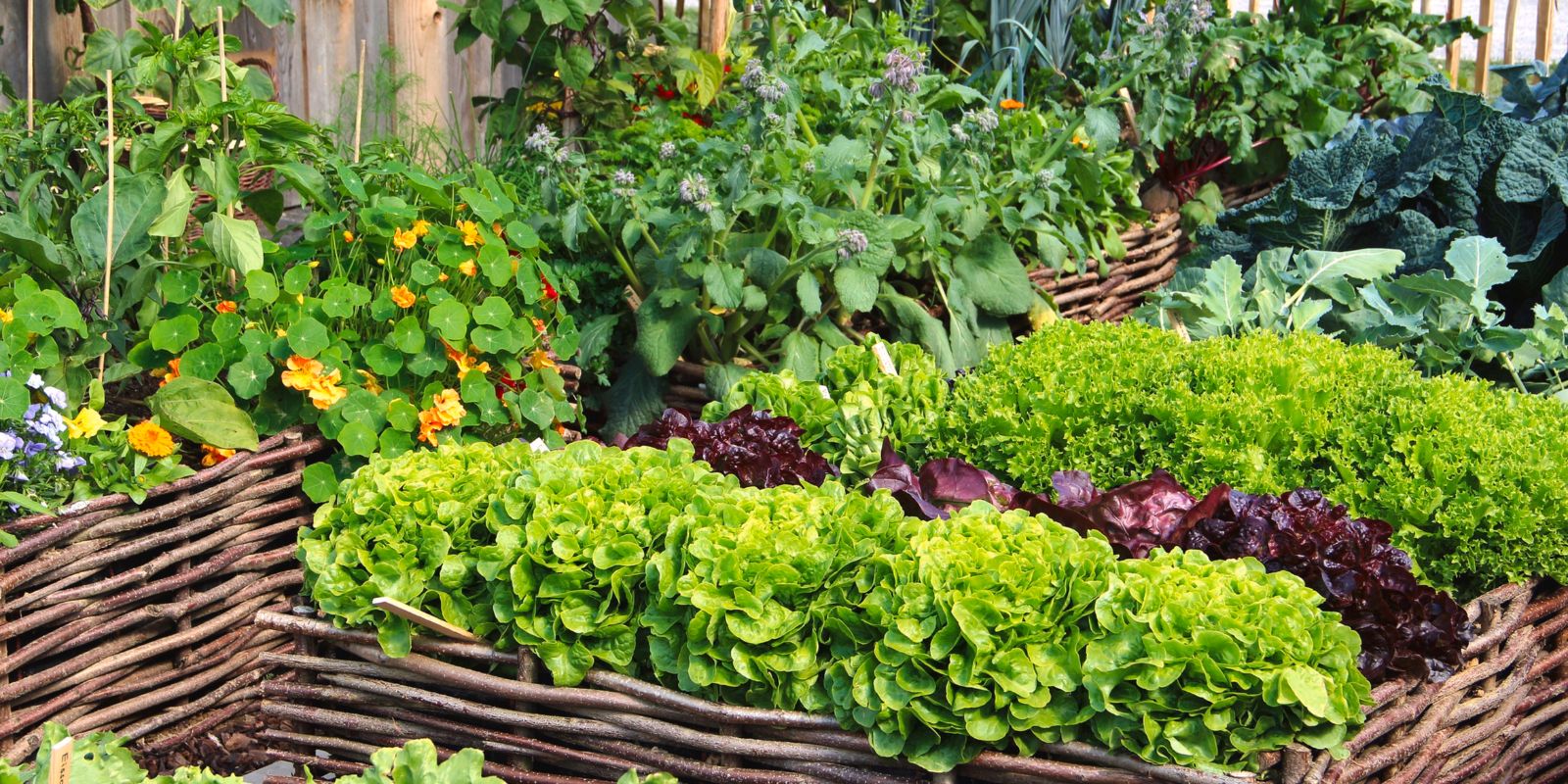Maintaining a vegetable garden throughout the year can be a rewarding challenge. With the right techniques, you can ensure that your garden remains productive and lush, no matter the season. Here’s a comprehensive guide to help you keep your vegetable garden thriving all year long.
Planning for Seasonal Success
Successful year-round gardening starts with meticulous planning. Understand the seasonal requirements of different vegetables and plan your planting and harvesting schedules accordingly. Rotate your crops to prevent soil depletion and reduce the risk of pests and diseases. For instance, root vegetables like carrots and beets can be harvested in late fall, while cold-hardy greens like spinach and kale can be planted in early spring.
Protecting Plants During Winter
Winter can be tough on your garden, but there are several ways to protect your plants. Use cold frames, row covers, or hoop houses to shield plants from frost and harsh winds. These structures trap heat and create a microclimate that can keep plants growing even in freezing temperatures. For particularly delicate plants, consider insulating them with straw or leaves to provide additional protection.
Choosing Hardy Varieties
Selecting vegetable varieties that can withstand colder temperatures is crucial for year-round gardening. Look for varieties known for their cold resistance, such as kale, Brussels sprouts, and winter radishes. These vegetables can thrive even in the chilly conditions of late fall and early winter. Additionally, some root vegetables, like turnips and parsnips, can be left in the ground until needed, as they often improve in flavor after exposure to frost.
Extending the Growing Season
Season extenders can significantly prolong your gardening season. Greenhouses, cloches, and row tunnels are excellent tools for maintaining a warm environment around your plants. These structures help protect your crops from early frosts in the fall and late frosts in the spring. If you’re not ready to invest in a full greenhouse, smaller-scale solutions like portable cloches or mini greenhouses can be equally effective.
Maintaining Soil Health
Healthy soil is the foundation of a thriving vegetable garden. Regularly enrich your soil with compost or organic matter to keep it nutrient-rich and fertile. Compost not only improves soil structure but also enhances its ability to retain moisture and support healthy root development. Test your soil periodically to ensure it has the right balance of nutrients and adjust your composting or fertilization practices as needed.
Watering Wisely
Proper watering is essential for maintaining a healthy garden throughout the year. In winter, plants require less water, so reduce your watering frequency accordingly. However, make sure to monitor soil moisture levels, as overly dry soil can still stress plants. In summer, provide consistent watering to prevent dehydration and stress. Drip irrigation systems or soaker hoses can be particularly useful for efficient water delivery.
Managing Pests and Diseases
Pests and diseases can pose significant challenges to year-round gardening. Regularly inspect your plants for signs of trouble and take action promptly. Use organic pest control methods, such as introducing beneficial insects or applying natural pesticides, to manage infestations. For disease prevention, practice good garden hygiene by removing diseased plant material and ensuring proper spacing to improve air circulation.
Utilizing Mulch for Insulation
Mulching is a versatile tool for maintaining garden health throughout the year. In winter, mulch acts as an insulating layer that helps regulate soil temperature and moisture. Apply a thick layer of organic mulch, such as straw or wood chips, around your plants to protect their roots from freezing temperatures. In summer, mulch conserves moisture and helps suppress weeds, ensuring your plants receive consistent hydration and nutrition.
Regular Harvesting
Frequent harvesting is key to encouraging continued growth and maintaining plant health. Regularly pick mature vegetables to prevent over-ripening and encourage your plants to produce more. For instance, harvesting herbs like basil and parsley can stimulate new growth, while picking ripe tomatoes ensures that the plant directs its energy toward producing additional fruit.
Adapting to Seasonal Changes
Gardening requires adaptability, especially when managing a year-round garden. Be prepared to adjust your gardening practices based on seasonal changes. Modify your fertilization schedule to match plant growth cycles, and prune or train plants as needed to support healthy development. Stay informed about the specific needs of your crops and adapt your strategies to address seasonal challenges.
Conclusion
Maintaining a thriving vegetable garden year-round is a rewarding endeavor that requires careful planning and consistent effort. By employing these strategies, you can ensure that your garden remains productive and lush throughout every season. From selecting hardy varieties and using season extenders to managing soil health and watering wisely, these tips will help you achieve a bountiful harvest and enjoy fresh, homegrown produce all year long. Start implementing these techniques today, and watch your garden flourish no matter the weather!

